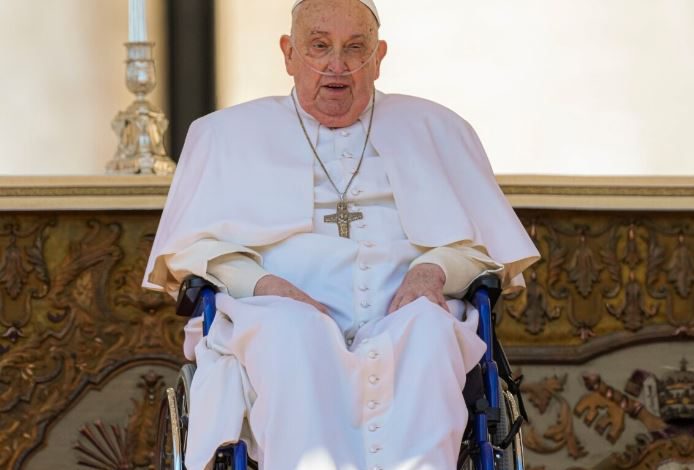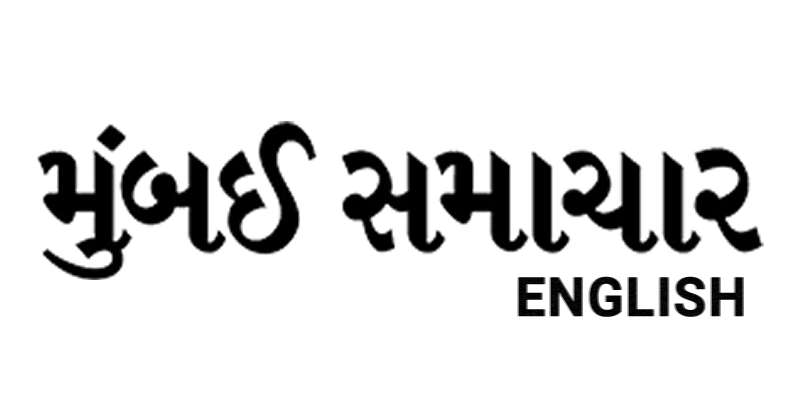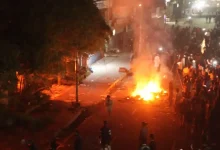Pope Francis Is Dead, What Is Next ?

New Delhi: Pope Francis, the 266th Pope of the Roman Catholic Church, passed away on Monday at the age of 88. As the leader of the biggest branch of Christianity, the world’s largest religion, Pope Francis was a spiritual head to 1.4 billion people worldwide.
He made a brief public appearance on Easter Sunday on April 20. He had also briefly met US Vice President JD Vance. His meetings and public appearances came after he battled ill health for weeks. On March 24, Pope Francis suffered an attack of bronchospasm with vomit and inhalation, and a sudden worsening of his health, according to CBS. But signs of improvement followed.
Pope Francis also suffered two episodes of “acute respiratory failure” on March 3, according to the Vatican. A day earlier, the Pope met two Vatican officials and offered thanks to well-wishers for their prayers and support. The death of Pope Francis will set in motion a series of sacred, time-honoured procedures in the Vatican, rooted in traditions that have been followed for decades.
Shortly after the official announcement of the Pope’s demise, Vatican officials start the process of confirming his death. This responsibility typically falls to the Vatican health department and the Camerlengo. Once confirmation is complete, it is customary for the Pope’s body to be moved to his private chapel.
Vatican procedures indicate that his mitre and pallium will be respectfully set aside, while his body will be adorned in red vestments, in keeping with longstanding custom. In a symbolic ritual marking the end of a papacy, the pope’s official signet, commonly known as the “Fisherman’s Ring,” will be ritually broken.
Following the initial confirmation and ceremonial preparations, the Vatican will likely declare a nine-day period of mourning, known as the Novendiale. In between, Italy may declare a national day of mourning. During these nine days, various services and memorials will be held, allowing Catholics to pay tribute to Pope Francis and mourn his passing.
The most poignant event of this period will likely be the public exhibition of the pope’s body. In a departure from earlier traditions, the embalmed body will not be placed on a raised platform or catafalque but will likely remain in its coffin. In Pope Francis’ case, the funeral is expected to take place four to six days after his passing, followed by up to nine days of additional ceremonies.
These ceremonies are typically conducted in various churches in Rome to facilitate religious and public commemoration. Historically, popes were entombed in three nested coffins made of cypress, zinc, and elm. However, in accordance with his humility, Pope Francis is expected to be buried in a single wooden coffin lined with zinc.
At the funeral, it is customary for the coffin to be sealed following the placement of a white silk cloth over the pope’s face—a symbolic gesture marking the transition from life to eternal rest. The rogito, which outlines the life and accomplishments of the Pope, is traditionally read aloud before the coffin is sealed.
The conclave is typically convened 15 to 20 days after a pope’s death. During this interim period, the College of Cardinals, which temporarily oversees the Church, will prepare to elect a new pope. The conclave is expected to be presided over by Cardinal Giovanni Battista Re, 91, the current dean of the College of Cardinals.
Only cardinal electors — those under the age of 80, numbering no more than approximately 120 — are eligible to participate in the voting process. The election takes place in the Sistine Chapel in a private, highly controlled environment, ensuring that the decision is reached free from external influence. The dean typically oversees the conclave, but since the Cardinal is over 80, he will not be eligible to vote. In this case, the sub-dean or a younger senior cardinal is likely to take his place.
The process involves multiple rounds of voting. If no candidate receives the required two-thirds majority in a round, the ballots are collected and burned. The result is signaled through smoke released from a chimney: black smoke indicates that no decision has been reached, while white smoke signifies that a new pope has been elected.
Once a candidate secures the necessary majority, formal procedures follow promptly. The dean of the College of Cardinals will approach the elected candidate and ask if he is willing to assume the papacy.The candidate must then select a papal name—a significant decision marking the beginning of his role as the spiritual leader of the Catholic Church.
Upon accepting the position and choosing a name, the new pope traditionally dons a white cassock, symbolizing purity and new beginnings. An elder cardinal will then proclaim the historic words, “Habemus papam”—”We have a pope”—from the balcony of St. Peter’s Basilica.
This declaration will be made before thousands gathered in St. Peter’s Square and millions watching worldwide, heralding a new era for the Church.
The coming weeks will be crucial in Vatican history. As events unfold, both Catholics and the global community will reflect, mourn, and look forward to a new chapter in the Church’s leadership. Though rooted in tradition, these ceremonies mark an important milestone for the future of the Catholic Church.
Further details regarding the ceremonies will be announced in due course. Meanwhile, the world awaits as the Vatican prepares to honour the life of Pope Francis and welcome a new leader to guide the Church forward. These ceremonies will undoubtedly reaffirm the profound and enduring faith that has united millions for centuries.




